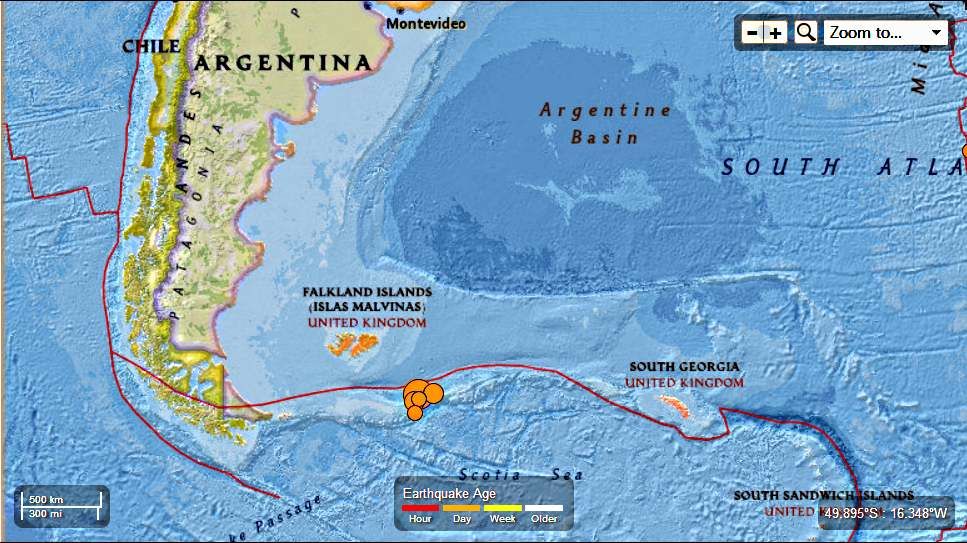NASA Now Says Ison could be Dis-intergrating.
 BPEarthWatch
BPEarthWatch
Published on Nov 26, 2013
..........
Cosmic encounter: Comet ISON expected to meet sun for Thanksgiving
 euronews (in English)
euronews (in English)
Published on Nov 26, 2013
A comet is heading for a close encounter with the sun later this month, and if it is not aporized or torn apart, it should be visible to the naked eye in December.
Comet ISON is expected to pass just about 621,000 miles (1 million km) from the sun's surface on November 28.
Scientists are not sure how ISON will hold up. As it blasts around the sun, traveling at 234 miles per second (377 km per second) the comet will be heated to about 5,000 degreesFahrenheit (2,760 degrees C), hot enough to vaporize not just ice in the comet's body,
but also rock and metal.
euronews: the most watched news channel in Europe
Subscribe!
http://eurone.ws/10ZCK4a
euronews is available in 14 languages:
http://eurone.ws/17moBCU
..........
ISON STATUS: Much Anticipated Comet May Be In Trouble
(CNN) — ISON, the most closely watched comet in recent years, may be falling apart as it nears its close encounter with the sun.
Comets are giant snowballs of frozen gases, rock and dust that can be
several miles in diameter. When they get near the sun, they warm up and
spew out some of the gas and dirt, creating a tail that can stretch for
thousands of miles. Most comets are in the outer part of our solar
system. When they get close enough for us to see them, scientists study
them for clues about how our solar system formed.
When ISON was first discovered, hopes were high that it might become
visible to the naked eye, meaning everyone might be able see it, not
just those with good telescopes who took the trouble to find it. There
was talk it might even rival some of the Great Comets like Halley’s or
Hale-Bopp and spread a huge tail across the sky.
But some observers on Tuesday reported online that the comet is not
nearly as bright as it has been in recent days and that it may be
pouring out dust.
This could mean the comet’s core, or nucleus, has “completely
disrupted, releasing an enormous volume of dust,” NASA’s Comet ISON
Observing Campaign says in its November 25 online update.
Read More Here
..........
ISON Regains the Ion Tail/Charge
 BPEarthWatch
BPEarthWatch
..........









